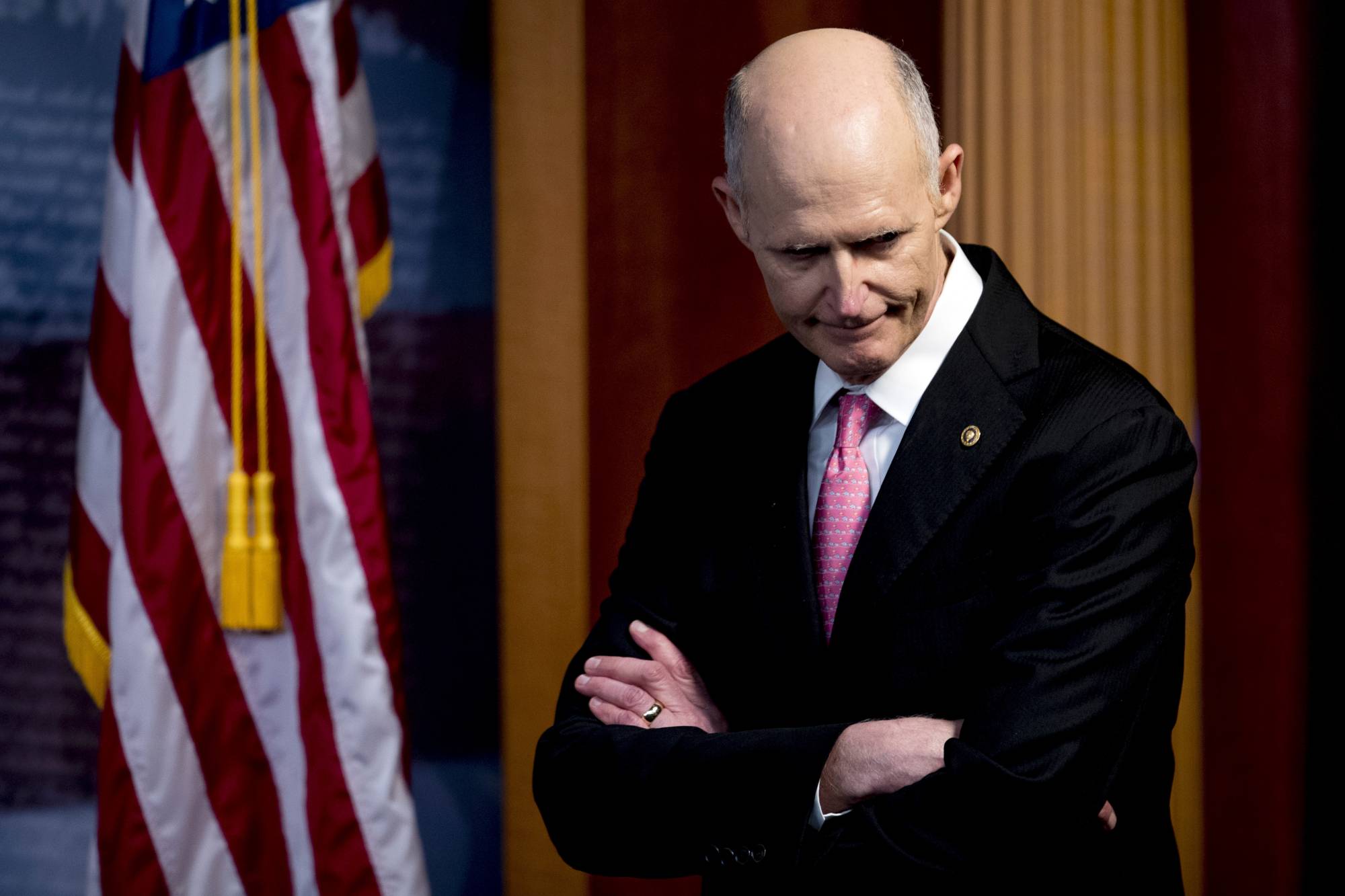Divide over Schedule F reveals deeper need for federal workforce reform, Partnership says
Former Trump administration officials said the now-revoked Schedule F executive order would improve federal workforce accountability, while a leader at the Part...
Schedule F, the hotly debated executive order from the final months of the Trump administration, could make a comeback if a Republican president steps into office, as both former President Donald Trump and Florida Governor Ron DeSantis have already promised to revive the order, or a similar policy, if elected.
Among harsh criticism from unions, federal employee organizations and Democrats in Congress, proponents of the now-defunct executive order defended the policy’s intentions during a June 29 panel discussion hosted by the National Academy of Public Administration. Two former Trump administration officials said the current process for firing federal employees is too difficult, and at its core, Schedule F is about improving the accountability of the federal workforce.
“Under the current system, you can fire a federal employee. It’s possible, but it is a lot of work. It’s going to take about a quarter of a supervisor’s time for six months to a year,” James Sherk, former special assistant to Trump, said at the NAPA event. “If you’ve got someone who’s terrible, maybe you’ll fire one. If you’re really motivated and don’t have a lot else to do, you might fire two. But you’re not going to do much more than that. The process is the punishment.”
The Schedule F executive order, which Trump signed in October 2020, sought to re-classify about 50,000 career federal positions in the federal workforce. It created a new schedule in the excepted service, called “Schedule F,” and gave agency heads the authority to reclassify certain confidential, policy-making, determining or advocating positions from the career civil service to the excepted service.
If fully implemented, feds in those positions would have been moved outside merit systems principles, making them at-will employees and easier to fire. President Joe Biden revoked the order in January 2021, before agencies could begin implementation, even though a few agencies did take initial steps in that direction.
Although touted as a way to more easily remove poor-performing federal employees, those against Schedule F said the order was a veiled attempt to restore the “spoils” or “patronage” system of the 1800s-era federal government, a system under which an elected party official could easily bring in political loyalists to work alongside them.
“If we wanted to do a patronage system, if that was the purpose of the whole thing, we would have just created a whole bunch of Schedule C positions,” said Sherk, who’s currently director at the Center for American Freedom and America First Policy Institute. “You didn’t need Schedule F if you wanted more patronage jobs. You would have just created 50,000 Schedule Cs very deliberately.”
The process for firing federal employees is far from impossible. Each year, more than 10,000 federal employees are removed from their unit or organization — averaging to about 40 or so employees a day, according to James-Christian Blockwood, the Partnership for Public Service’s executive vice president.
“And more than that are disciplined,” Blockwood said during the NAPA event. “The idea that they can’t be fired is probably not the best view. It is a difficult and complex system, and a lot of work has to be done to get there.”
As former Trump officials draft plans to revive the executive order and prepare for a potential reinstatement, Schedule F critics have also ramped up their efforts in the opposite direction.
Most notably, Democrats introduced bicameral legislation, the Saving the Civil Service Act, which would block presidential administrations from ordering agencies to reclassify federal positions outside merit system principles, unless given Congressional approval. The legislation marks the third attempt from Democrats to block a future Schedule F. The House version of the bill is bipartisan, co-sponsored by Rep. Brian Fitzpatrick (R-Pa.).
Mary Guy, a distinguished professor at the University of Colorado, and panelist at the NAPA event last week, said she was “very concerned” about the potential revival of Schedule F.
“Schedule F appears to be designed as a hammer, to treat all issues as if they are a nail, when in fact, these are different issues,” Guy said. “Why throw a hand grenade in a system that has worked — not without flaws — but worked for well over 100 years? Let’s think more broadly about exactly what the problems are, and what it would take to fix specific problems without moving more closely toward the murder of a democracy.”
But Sherk, along with Michael Rigas, former acting director at the Office of Personnel Management during the Trump administration, said reinstating Schedule F would quell concerns of some federal employees. The two officials said there is “overwhelming dissatisfaction” among federal employees and managers about the system for addressing performance management issues. In recent years, feds marked low scores in the annual Federal Employee Viewpoint Survey (FEVS) for how agencies deal with poor performers. In 2022, 42% of FEVS respondents said poor performers in their unit remained in their jobs and continued to underperform.
“Most civil servants want to do a good job for their senior leadership team, and most do, do a good job,” Rigas, currently director at American Leadership Initiative and America First Policy Institute, said during the NAPA event. “The concern is [about] those who are unwilling or unable to do that. What are the steps you’re able to take?”
But among all the arguments for and against Schedule F, Blockwood said the conversation often doesn’t get to the heart of the problem. The best solution to performance management challenges for the federal workforce is much more complex.
“We should be looking at ways to further incentivize and call out really promising practices … rather than look at legislation that seeks to prevent or stop a future president from enacting their policies, or quite frankly, an administration seeking to manage by executive order, which in my view can easily be undone by another executive order,” Blockwood said. “How can we implement long-term, meaningful civil service reform, when I think there’s large agreement that it’s not only necessary, but it’s possible?”
The solution, Blockwood said, should focus on restoring public trust in government, and creating bigger, more meaningful changes to benefit the federal workforce overall — including how to hire and fire faster, but with more confidence.
“Let’s talk about where [the government] can improve in hiring, where it can improve in performance management, where it can improve in leadership and promoting public service and lifting up public servants,” Blockwood said. “[That’s] where we can have a constructive and collaborative approach by our senior-most leaders and lawmakers that are essential to reform.”
Copyright © 2024 Federal News Network. All rights reserved. This website is not intended for users located within the European Economic Area.
Drew Friedman is a workforce, pay and benefits reporter for Federal News Network.
Follow @dfriedmanWFED






